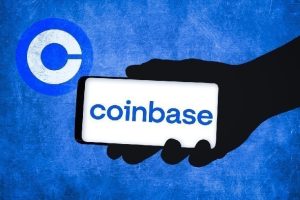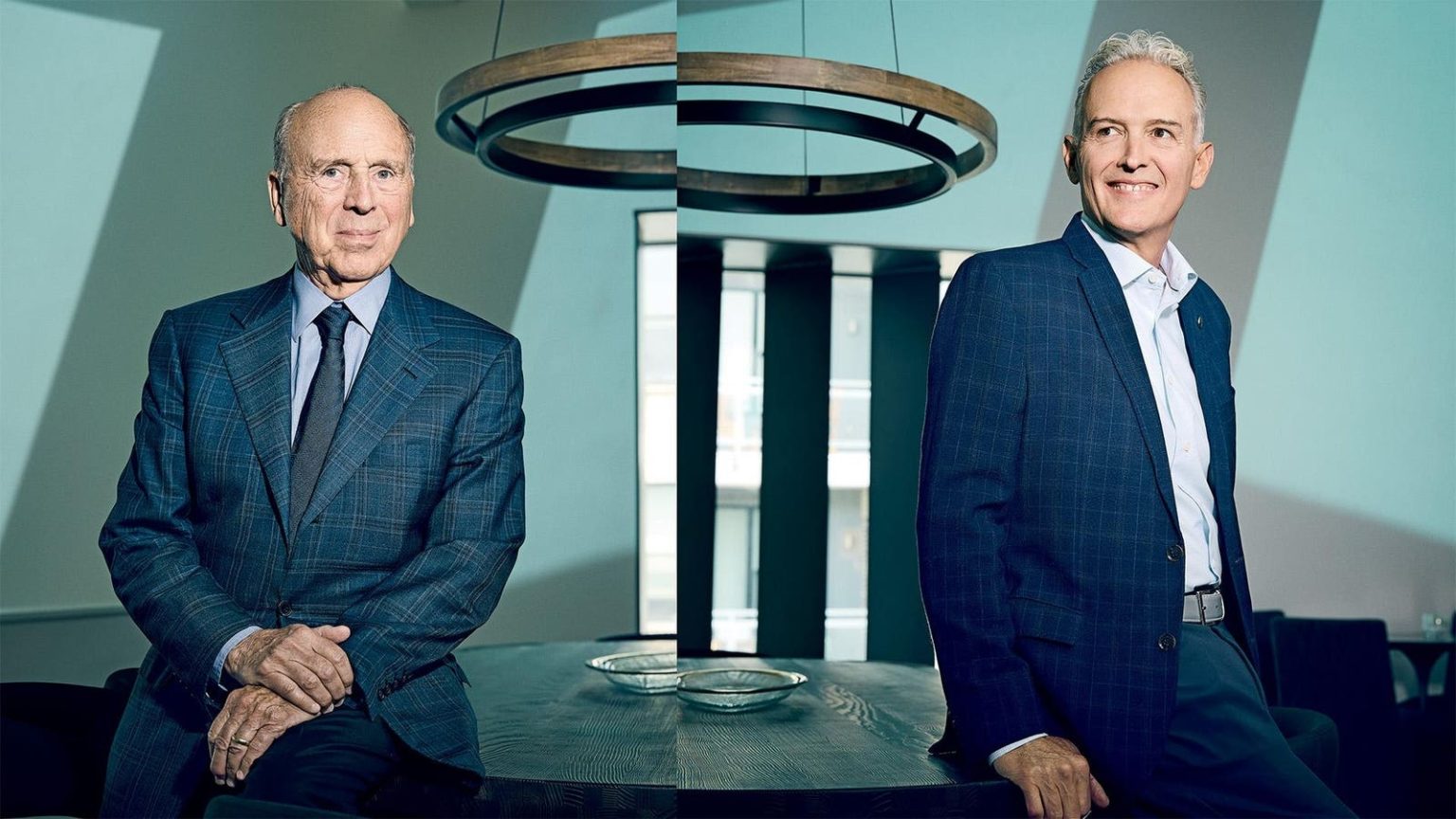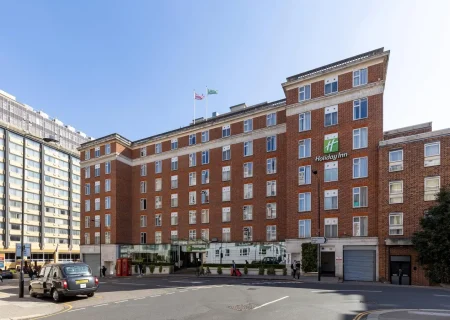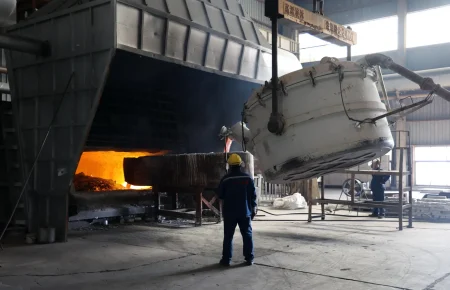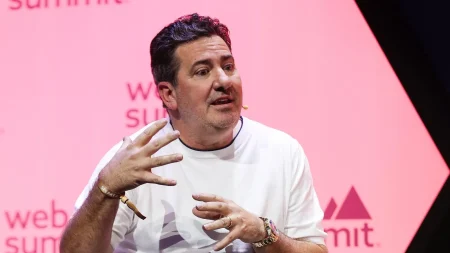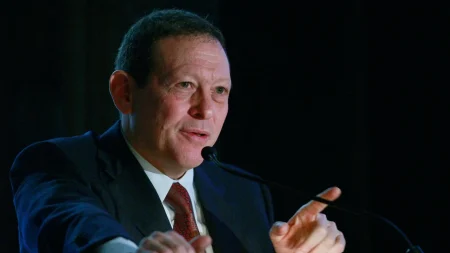AutoZone: Driving Success Through Customer Obsession and Employee Loyalty
AutoZone has become one of Wall Street’s most consistent performers, transforming thousands of its employees into millionaires along the way. The auto parts retailer’s remarkable story demonstrates how a company can thrive through a combination of customer focus, strategic financial management, and a unique compensation structure that aligns employee interests with long-term growth. Current CEO Phil Daniele, who joined AutoZone in 1993 as a store manager in training, exemplifies the company’s promote-from-within culture. “I’m not a phenomenon,” says Daniele, now 56. “If you look at our leadership team, many of our VPs started out in an hourly role at a store.” This career progression is typical at AutoZone, where dedication and performance can lead from entry-level positions to the executive suite.
Today, AutoZone stands as a retail powerhouse with 126,000 employees, over 6,500 stores in the U.S., and another 1,000 in Mexico and Brazil. The company sells everything from basic car maintenance supplies to specialized parts for nearly every vehicle on the road, generating $18.5 billion in sales last year and achieving a market valuation of approximately $70 billion. Over the past two decades, AutoZone shares have delivered average annual returns of 21%, significantly outperforming the S&P 500’s 11% average. These returns have created tremendous wealth for early investors like KKR, hedge fund billionaire Eddie Lampert, and founder Pitt Hyde, who stepped down as CEO in 1996 and jokes about his decision to diversify his portfolio: “I wish I had never diversified—that was a huge mistake.” Had Hyde kept all his AutoZone stock, his net worth would exceed $10 billion today, rather than his current $2 billion.
What truly distinguishes AutoZone from many other successful companies is how widely it has distributed its financial success. Through a compensation system built primarily around stock options, the retailer has created wealth for employees at all levels. According to Hyde, more than 4,000 AutoZone employees—many who began as hourly workers or store managers in the 1980s and ’90s—have become millionaires from their company stock. Bill Rhodes, who served as CEO from 2005 to 2023 and remains board chair, attributes much of the company’s success to this approach: “Our compensation structure is one of the key elements of our success. There are very, very few companies that are still 100% stock options in their long-term incentives.” While many S&P 500 companies shifted away from stock options after a 2006 accounting rule change required expensing them on income statements, AutoZone maintained its commitment to options, granting awards to eligible employees each year equal to 0.9% of total outstanding shares. The philosophy behind this approach is clear: “Our people want the risk. They want the leverage that comes with stock options,” says Rhodes, who has personally realized over half a billion dollars from exercising options and selling stock.
AutoZone’s financial strategy extends beyond employee compensation to aggressive share repurchases. Since 1998, the company has bought back $38 billion of its own stock, reducing outstanding shares by over 90% from 152 million to just 16.7 million. This aggressive buyback program has been possible because of AutoZone’s remarkably consistent financial performance—revenue has increased every year since 1987 (growing at 11.5% annually), while operating income ($3.3 billion last year) and net income ($2.6 billion last year) have increased in all but three years during that period. The company has been disciplined in its expansion, prioritizing steady earnings growth over rapid expansion. It has also benefited from the recession-resistant nature of the auto parts industry, as economic downturns typically lead drivers to repair rather than replace their vehicles. As Rhodes explains, “If you put financial engineering on top of a bad business you’re just going to go out of business faster. If you have a really good business, putting financial engineering on top of that can optimize performance, or as I sometimes like to say, put it on steroids.”
Despite its impressive track record, AutoZone faces significant challenges in maintaining its growth trajectory. The company holds $9 billion in long-term debt requiring $450 million in annual interest payments and has accelerated its share repurchases to an average of $3.6 billion annually from 2021 through 2024, up from $1.2 billion in the previous decade. Perhaps more concerning are industry-wide shifts, particularly the decline of the do-it-yourself (DIY) customer base that has traditionally been AutoZone’s bread and butter. In 1990, over half of Americans identified as car DIYers, but today they account for only about 20% of the $400 billion automotive aftermarket. Modern vehicles have become increasingly complex and computerized, making repairs more challenging for amateur mechanics. Additionally, AutoZone faces growing competition for DIY customers from big-box retailers like Walmart, Costco, and Amazon. The company has responded by increasing its focus on professional repair shops, which now represent approximately 75% of the industry and 90% of its growth. However, in this commercial segment, AutoZone trails its rival O’Reilly Auto Parts, which generated $7.8 billion in commercial sales last year compared to AutoZone’s $5.9 billion.
CEO Daniele views these challenges as opportunities rather than insurmountable obstacles. The company is expanding its distribution network with new “megahubs” that stock over 100,000 unique car parts for nearly any vehicle, addressing previous supply chain limitations. “We’ve worked on our strategy of expanding our supply chain. We’ve run it too tight before,” says Daniele, who previously led the commercial business from 2015 to 2021. AutoZone is also pursuing international growth, planning to open 500 new stores in 2028—up from its five-year average of 190—with 200 of those locations in Mexico and Brazil. This adaptability has been part of AutoZone’s DNA since its founding in 1979 by Joseph “Pitt” Hyde III, who created the company (originally called Auto Shack) after seeing how Walmart was disrupting his family’s grocery wholesale business. Hyde applied Walmart’s retailer-distributor model to the auto parts industry, combining it with a supermarket aesthetic to create a distinctive retail experience. His vision was realized through strategic acquisitions like the $57 million purchase of vehicle diagnostics database Alldata in 1996, which remains central to the company’s operations by helping employees identify the exact parts customers need. As AutoZone moves forward under Daniele’s leadership, he remains committed to preserving the culture that has made the company so successful: “Our culture has modified and morphed a little bit, but the primary tenets are the same. If you’re committed to the industry and committed to the culture, you can do anything at this company.”


